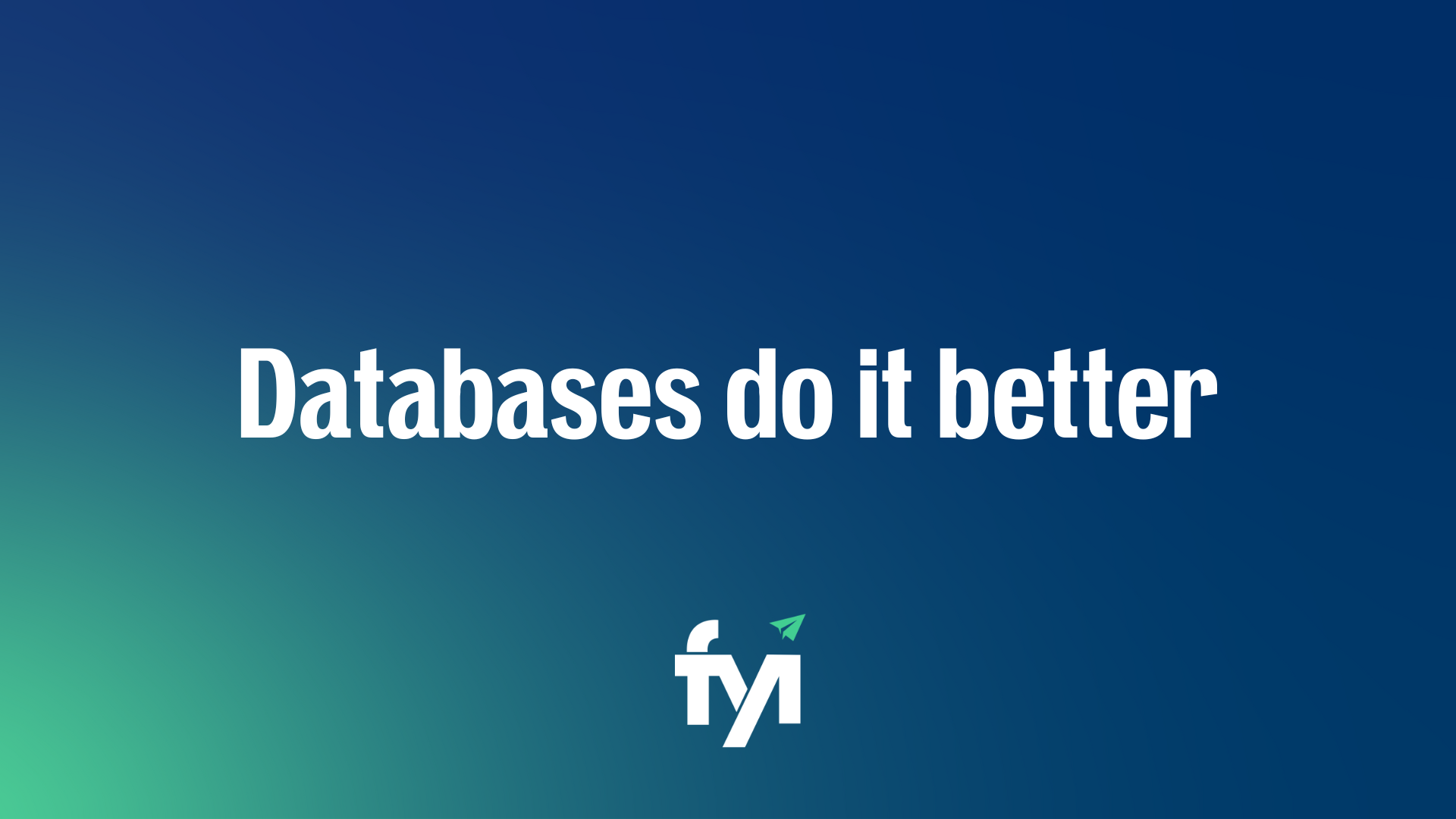
Closing the folder on traditional document management
Accounting has long been a minefield of documents. Invoices, balance sheets, purchase orders, receipts… need we go on? But the way we manage those documents today has, thankfully, changed for the better.
For progressive practices, long gone are the clunky metal filing cabinets, manual processes and multiple data locations. Technology has allowed us to dramatically enhance day to day practices with one centralised source of truth for all documents, the automation of routine tasks and greater security of sensitive data.
It’s a brave new world. And one that delivers new efficiencies, improved reliability and greater returns – if you implement the right solution.
But not all systems are created equally.
Document storage vs document management
When it comes to organising documents, there are two systems – one that stores, and one that manages as well.
You can think of a document storage system as simply that – storage. These platforms (like DropBox, SharePoint and Google Drive) provide a place to store and retrieve your electronic documents.
A true document management system, however, lets you capture, store, track and manage documents – plus with FYI, automate workflows to save even more time. It’s a system that efficiently handles every stage in the document lifecycle.
But it goes even further.
Database vs folder structure
Drill deeper into document management systems, and you can structure that in a couple of ways too – with databases or folders.
FYI takes a database approach to data storage. This provides a step-change in security and flexibility from the traditional folder model, and uses the power of metadata which means you’ll never lose a document again. When time is money, being able to locate information fast is everything.
A database structure means all documents live in one place, and rules (or filters) are applied to the document so you can easily search and retrieve what you need.
If you’re moving from document storage to document management, the main change will be in the navigation of the platform, as document management uses lists rather than folders.
On screen, you’ll see all the available information displayed, so you can filter down to what you want using metadata – including client, cabinet, categories (such as year and work type – more on this later), last modified date and more.
That makes a database structure more effective and flexible than a traditional folder-based filing structure, because you can search across multiple data fields.
With a traditional folder-based filing structure, a file can only sit within a single folder at any time. So if you can’t remember the name of the folder, or accidentally move it? There begins a time consuming process of searching in various places to find what you need. Can you spare the ‘extra’ time?
Finding documents in a database is a breeze
Let’s compare locating a document in a folder structure versus a database structure.
Say you want to find all your 2023 tax letters in PDF format, for all clients.
Using a folder structure, you could do a search for ‘2023 tax letter’. But if the naming convention differs even slightly (such as ‘tax letter – 2023’), you may miss some documents.
You could also try searching each individual client folder, followed by the ‘2023’ year folder to locate their tax letter… but don’t you have billable work you’d rather be doing?
With a database structure like FYI’s, however, you can find these documents by simply filtering on the year ‘2023’ and document type ‘PDF’. And searching on the document name containing ‘tax letter’.
In fact, there are many ways to find documents in FYI.
Managing documents, and evolving needs
Information retrieval aside, many practices are outgrowing document storage systems due to a lack of structure, security and data synching.
Accounting firms have sophisticated requirements when it comes to managing documents, and need added features to streamline day-to-day tasks, scale up as needed, and see an uptick in productivity and ROI.
FYI’s document management solution offers firms centralised storage of all documents, emails and client interactions. This provides one place for your team to work together with everything at their fingertips, and visibility across the entire practice – wherever they work.
Forget folders. FYI does this through cabinets and categories.
Filing cabinets have changed
At the top of FYI’s filing structure are cabinets. These allow you to store emails and documents in a way that’s unique to your practice, and restrict access to sensitive data with security controls.
Beneath each cabinet, you can customise a filing structure with categories, like year or work type. These make it easy to locate what you need.
Learn more about filing to cabinets, categories and jobs. And if you’re concerned about moving to a database structure, FYI can replicate your existing filing structure to reduce the impact of change.
Take your firm forward
Document management solutions with a robust database structure have changed the game for future-focused accountancy firms.
And those who have made the move to FYI aren’t looking back. Is it time to lead your firm forward?
Learn more and try FYI in your practice today.